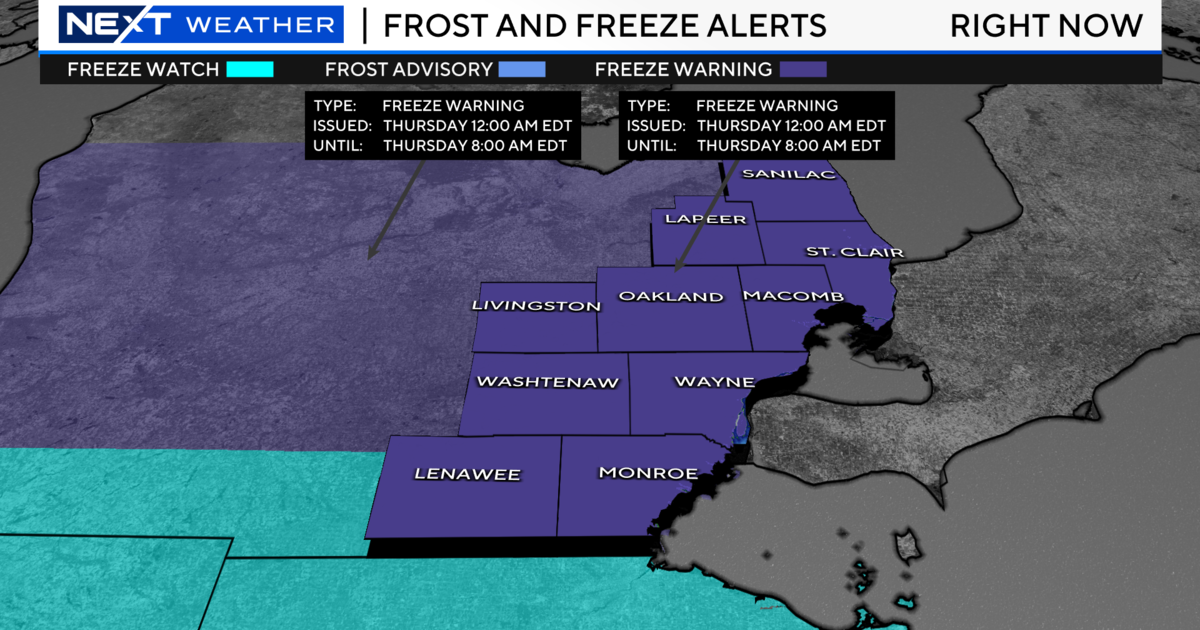Great Lakes water levels now near average for 2024
(CBS DETROIT) - Michigan has more freshwater shoreline than any other state in America.
The Great Lakes have seen record-low and record-high water levels in the past seven years. Compared to the record high levels in 2019 and 2020, water levels are down between two and three feet. While that might sound like a lot, water levels are now near average. The Great Lakes water levels are kept under close watch in the U.S. and Canada.
"Water levels on the Great Lakes are measured using a network of water level gauges that are positioned throughout the Great Lakes," said Deanna Fielder, a physical scientist with the U.S. Corp of Engineers Detroit District. "We report out lake-wide average water levels on a daily basis that we eventually then calculate, like monthly mean levels."
Low or high, water levels can affect our everyday lives, from erosion and flooding to beaches and boating. It can affect shipping and navigation and even the ecosystem and hydropower generation, and much of it has to do with the weather.
"I think when it comes down to it, water levels are impacted by so many weather and hydrological variables," Fielder said. "They're impacted by water temperatures, air temperatures, ice cover, precipitation, runoff, evaporation in the fall ... all of these things are happening at different times of the year. Where the spring precipitation could be important, that could increase the rise, but maybe in the fall we're very dry, and that could increase the decline we see in water levels."
Although weather elements affect the water levels, there are seasonal cycles to these levels.
"The water levels every year are going through a typical seasonal cycle," Fielder said. "This time of year, as we get into the spring, usually we're seeing water levels rise as a result of runoff from snowmelt or spring rain. Then, in the summer, we typically see water levels reach their peak. In the fall, it's typically seeing lake levels decline, primarily driven by evaporation during that time."
These cycles have to be monitored and forecasted.
"We look at the El Nino/La Nina forecast, we look at the Climate Prediction Center, we also look at environment, climate change, Canada's seasonal outlooks as well, to help guide some of our forecasting," Fielder said.
There are short-term, six-month forecasts that are issued regularly, but long-term forecasts are very difficult due to so many variables.
"Look at the full period of record; you can definitely see we go through these fluctuations of highs and lows, but it's really hard to know how long is that cycle," Fielder said. "The change in climate is becoming more resilient to that wide range of water levels. This is really important because we're seeing these changes in weather conditions, and we're trying to understand how this will play out in the future with potentially different weather and hydrological conditions that we experience. With the seasonal cycles that the water levels go through, sometimes these things can act in counteracting ways, and that's really what makes it such a challenge to really understand how water levels can change over time."




